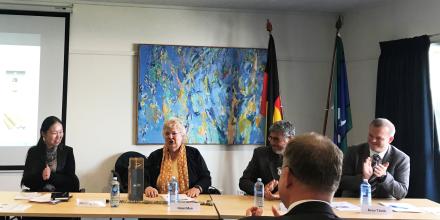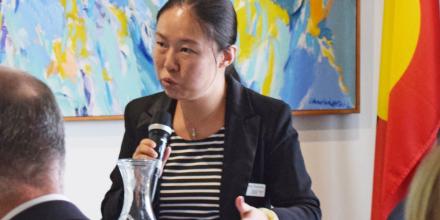Understanding Geographical Indications title

Geographical Indications workshop in Berlin, September 2018
The European Union (EU) regulates the use of geographic names on labels for food products. Unless a food product has been registered under the Geographical Indications (GI) scheme, it cannot be marketed in Europe with that place name. The EU is keen for this approach to be adopted globally. But ‘New World’ countries such as the USA, Australia and New Zealand took in many migrants from Europe. These migrants brought their food culture with them, and have established businesses producing these products. Often they are sold with the old place name. So in New World countries such place names have become generic descriptors of products. The EU wants New World countries to stop using such names. But New World countries are reluctant to agree, so it has been a contentious issue in trade policy negotiations. This project addresses this issue by collecting all the available empirical material to understand when, where and how GI designation can produce concrete economic outcomes, improving farmer income and rural prosperity. Such data can shift the ground of the debate to a stronger evidence basis.
Read more about this project via the links below. In particular you may want to see this news item from 27 June 2018.
If you would like to join the GIs mailing list, email europe@anu.edu.au

















